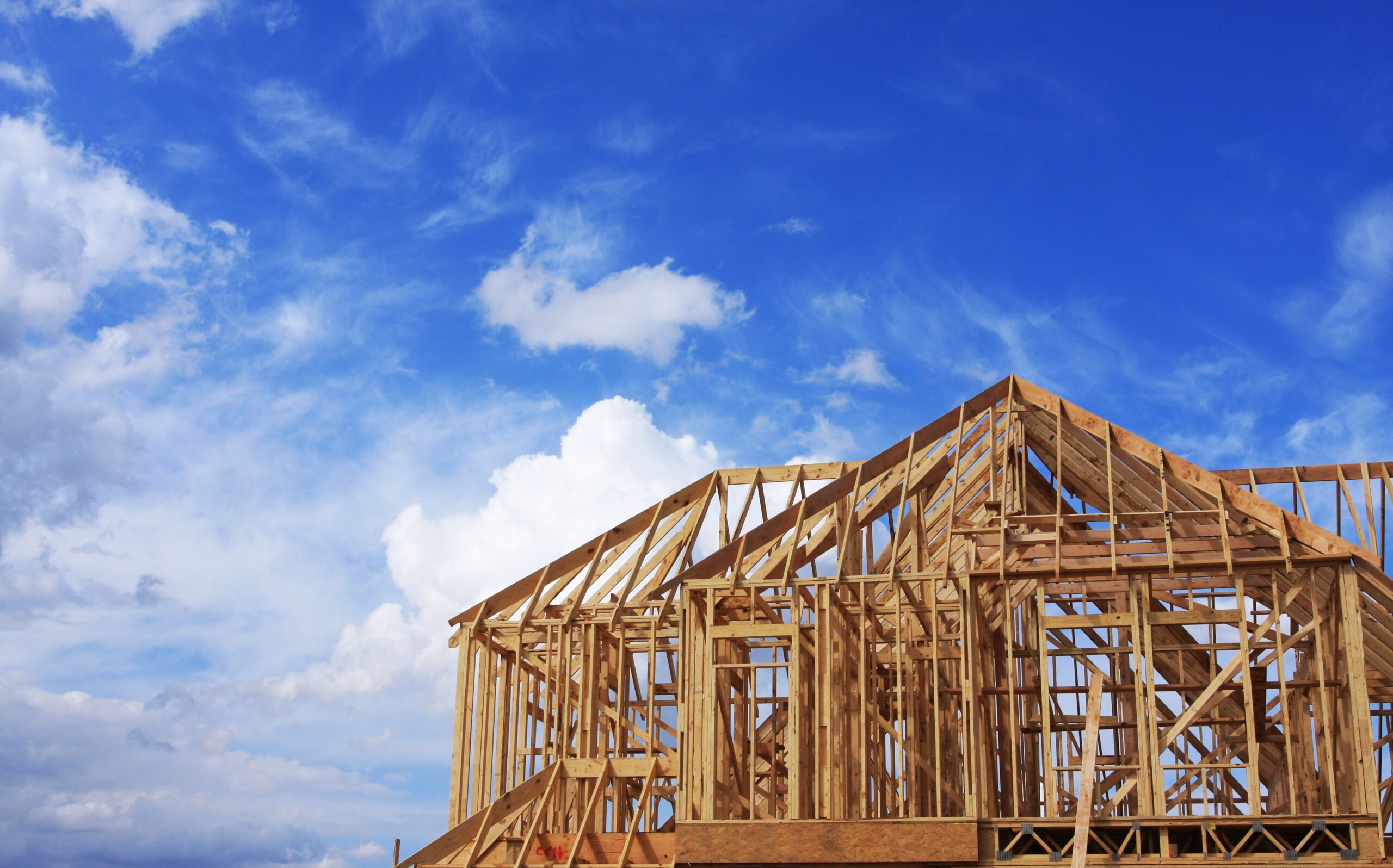[ad_1]
Stimulus measures announced last month by the Chinese government designed to energize the country’s lethargic economy could provide a boost to an ailing real estate sector, many observers have noted.
A struggling real estate sector has undermined China’s demand for new construction this year, and as a result, slowed softwood lumber consumption. The trend has created a headwind to Chinese demand for imported lumber.
In late September, the People’s Bank of China (PBOC) announced a cut in the existing mortgage rate by an average of 50 basis points. The rate cut was among a lengthy list of government moves designed to stimulate consumer spending. Other measures included subsidies for appliance and furniture purchases, financial incentives to buy electric vehicles, and programs to promote tourism.
China’s real estate sector has been contracting for the last three years, according to Fastmarkets/RISI economist Eric Hu.
In 2023, China cut the rate on new mortgages by 50-100 basis points to attract new borrowers. Hu noted, however, that last year’s rate decline had no impact on older mortgages, which is a large segment of the overall Chinese housing market.
Roughly 80% of housing in China was purchased before 2023, and most of these existing mortgages still have rates above 4% and some higher than 5%.
Last month, the PBOC also announced several other measures designed to stabilize China’s housing and stock markets. They included a 50-basis-point cut in the required reserve ratio at banks to provide more liquidity to the real estate market and lower the market interest rate. The central bank also lowered the down payment from 25% to 15% for homebuyers, which analysts note will be especially beneficial to second-home buyers. Further, the central bank will provide low interest funds for provincial governments to repurchase land and excess houses on the market. The houses will be used as welfare housing for low-income households and other groups.
Hu noted that this will accelerate the destocking process and bring up the real estate investment growth rate, which will translate into more demand for lumber. “I would not expect a high rebound of real estate investment, but maybe enough to revert the negative growth in tier 1 and tier 2 cities, considering the low base effect,” Hu noted.
China’s softwood lumber imports declined to 11.7 million cubic meters through August, down 6% from the year-ago pace, according to Trade Data Monitor. Canadian exports to China slipped 3% during that time frame compared to a 2% decline in shipments from Russia and a 16% drop in deliveries from European suppliers.
Total Chinese imports increased 4% in 2023 compared to the previous year, ending a decades-long plunge from record-shattering highs reached in the early 2000s. However, the momentum faded in 2024 and the slowing construction sector was one of many contributing factors.
Canadian producers may try to ramp up exports to China in the fourth quarter and into 2025. The duty of Canadian exports to the US increased sharply earlier this year and another hike is expected next year. The higher rate is likely to make the US less profitable, leaving China a primary alternative.
Historically, Canadian exports to China are heavy to lower grades of Western S-P-F. U.S. exports to China, almost entirely Southern Pine, Lodgepole Pine and Other Pine, are down 7% through August.
Fastmarkets provide a range of market intelligence, including short-term forecasts, price data and market coverage to keep you one step ahead of the market. Speak to our team and find out more today.
[ad_2]
Source link


